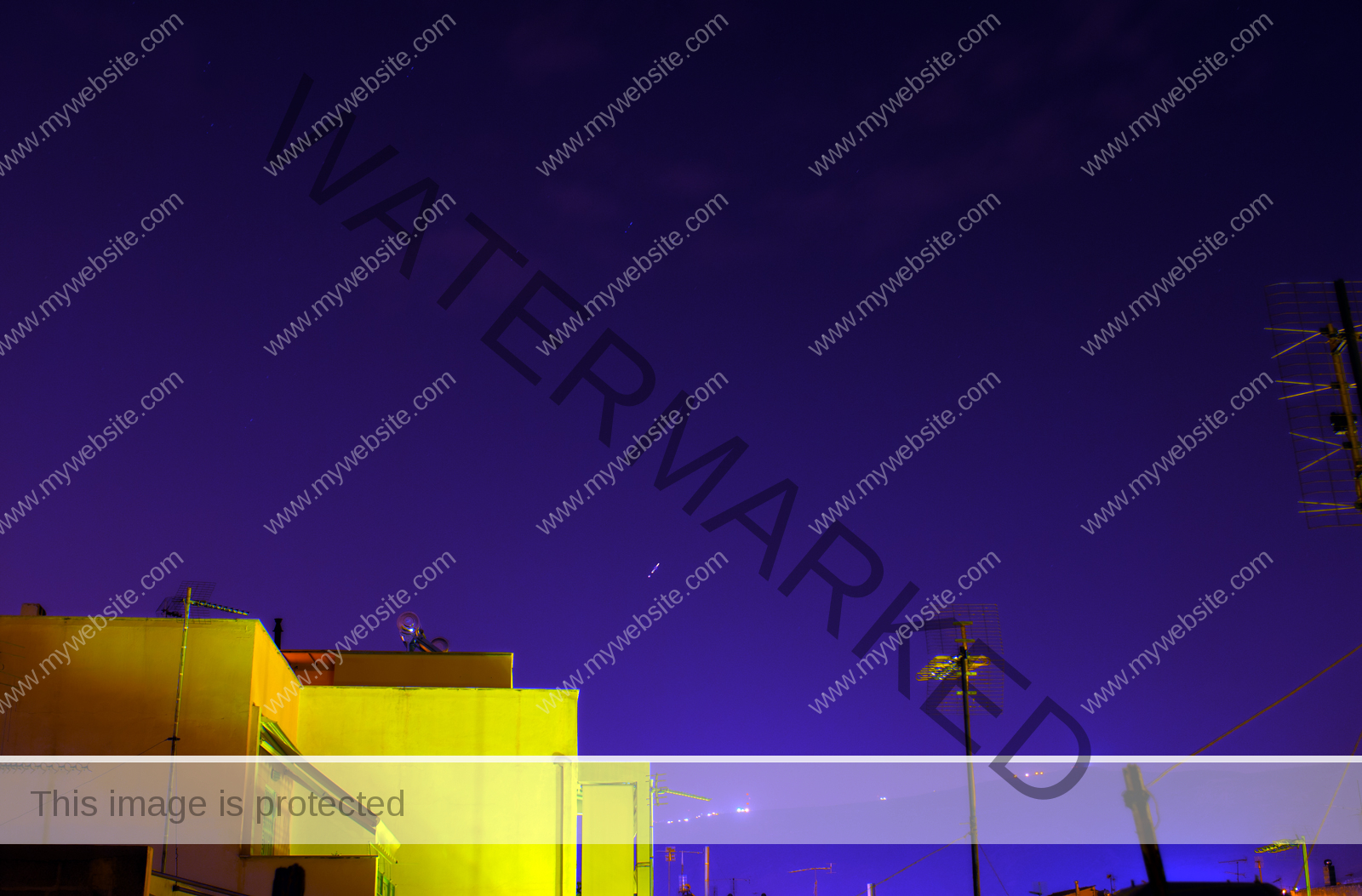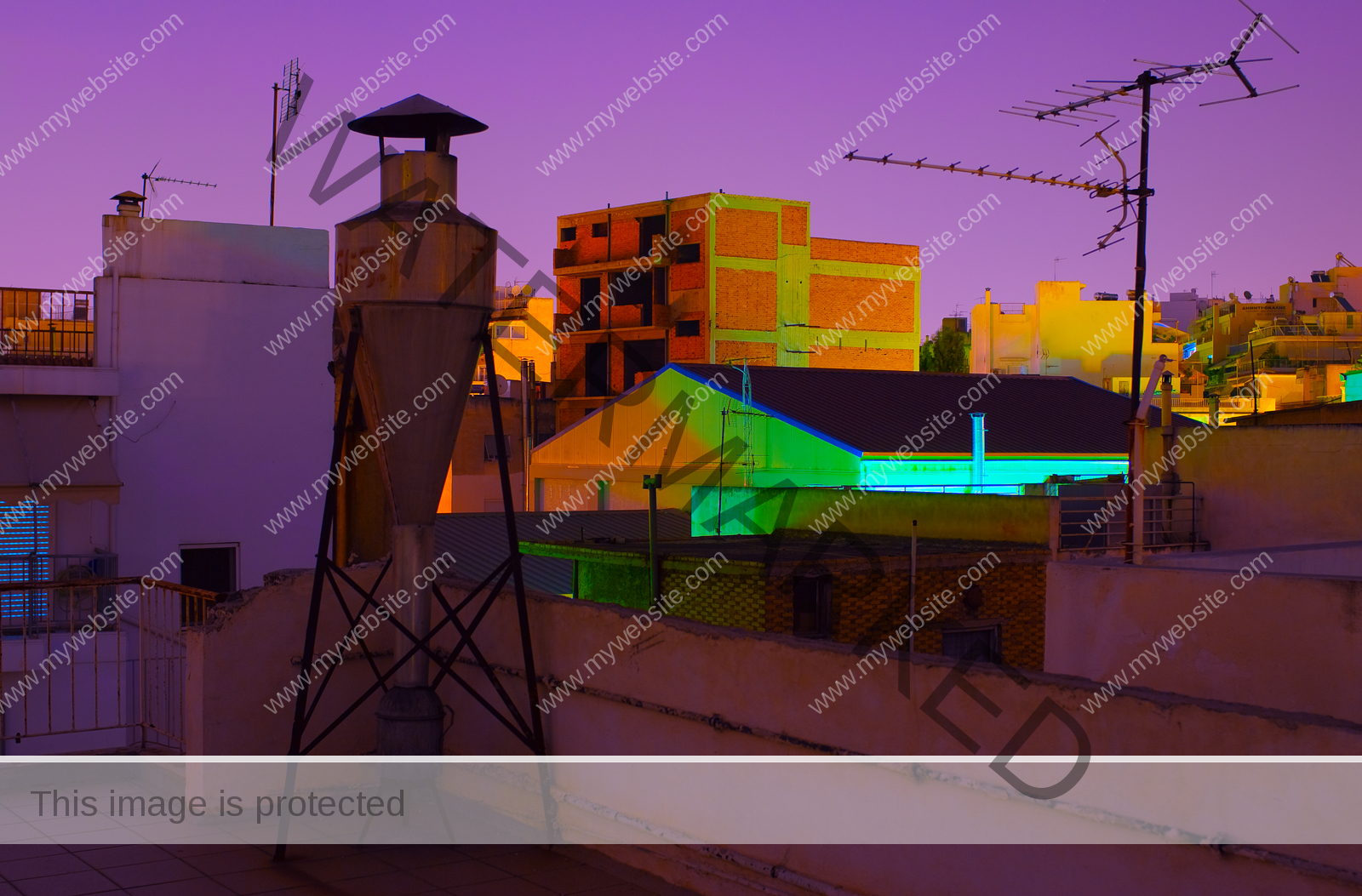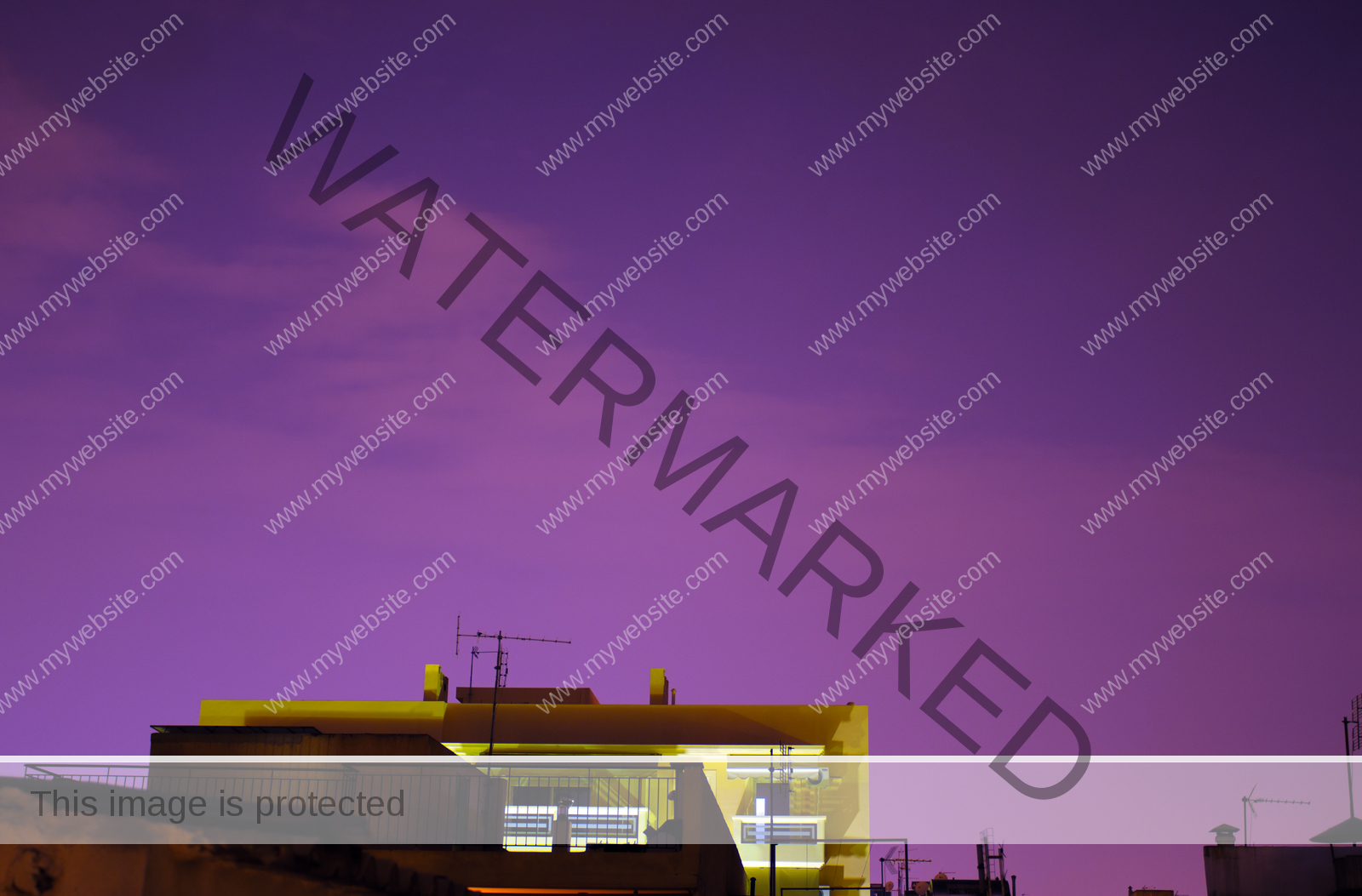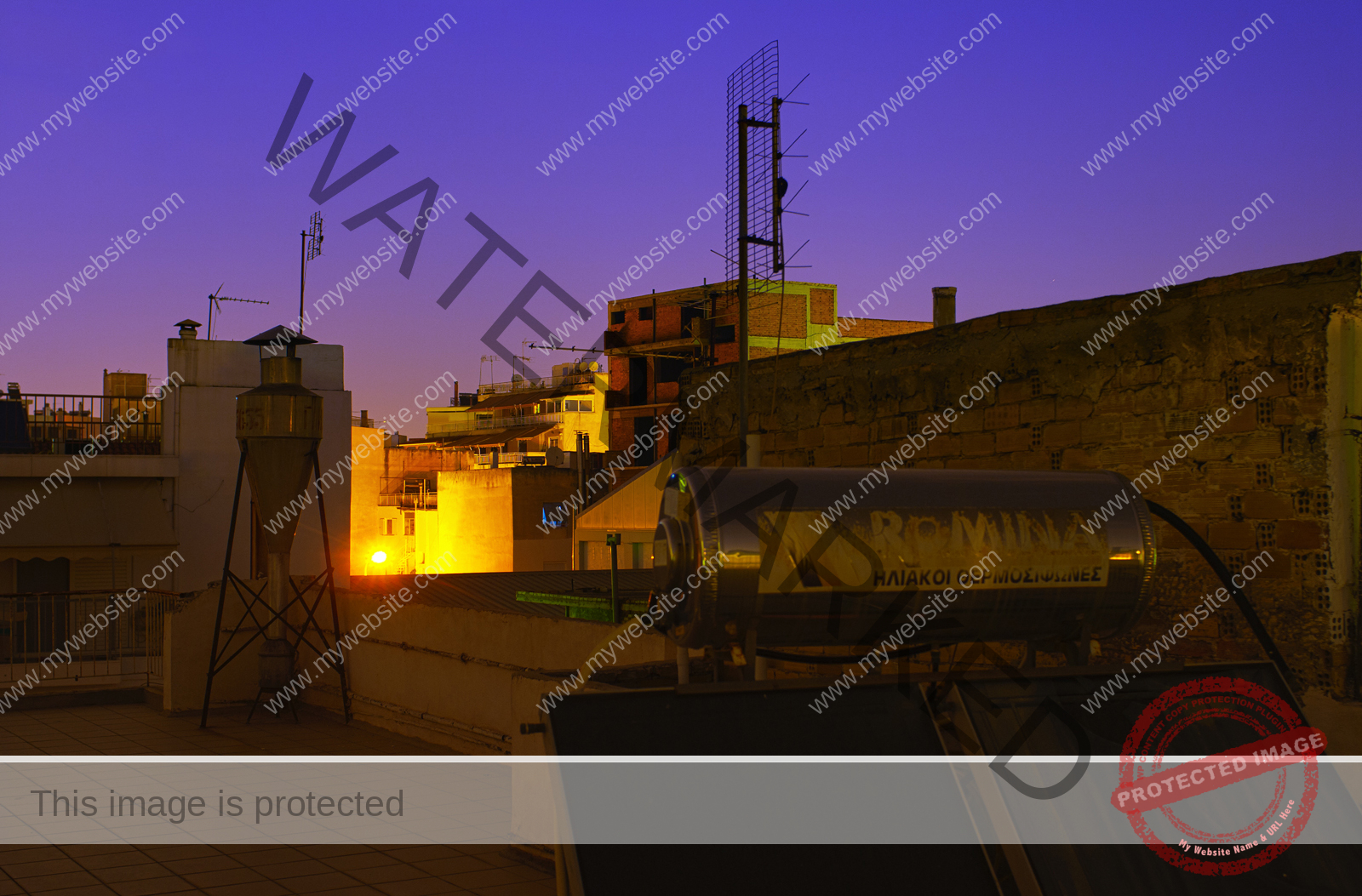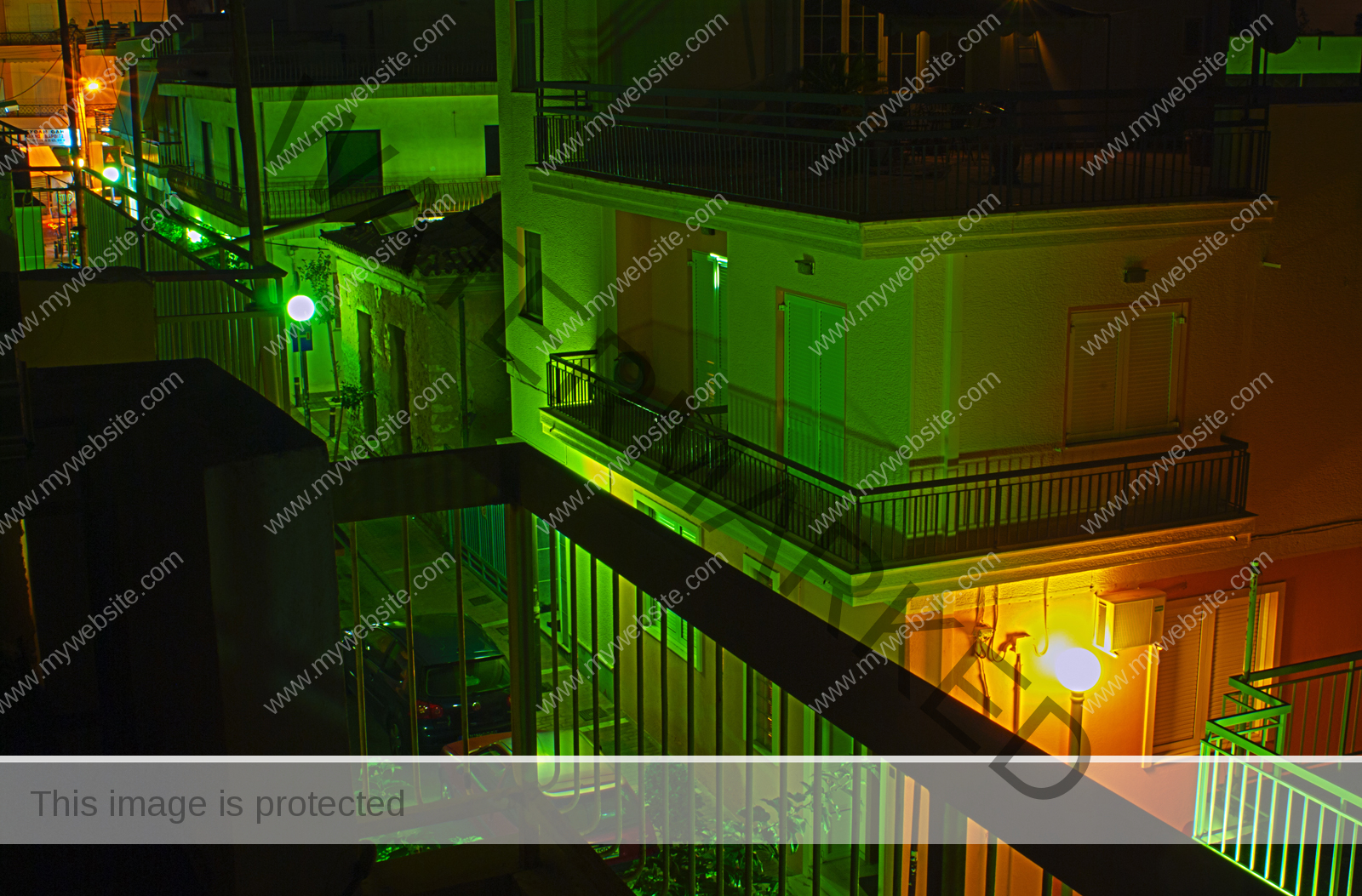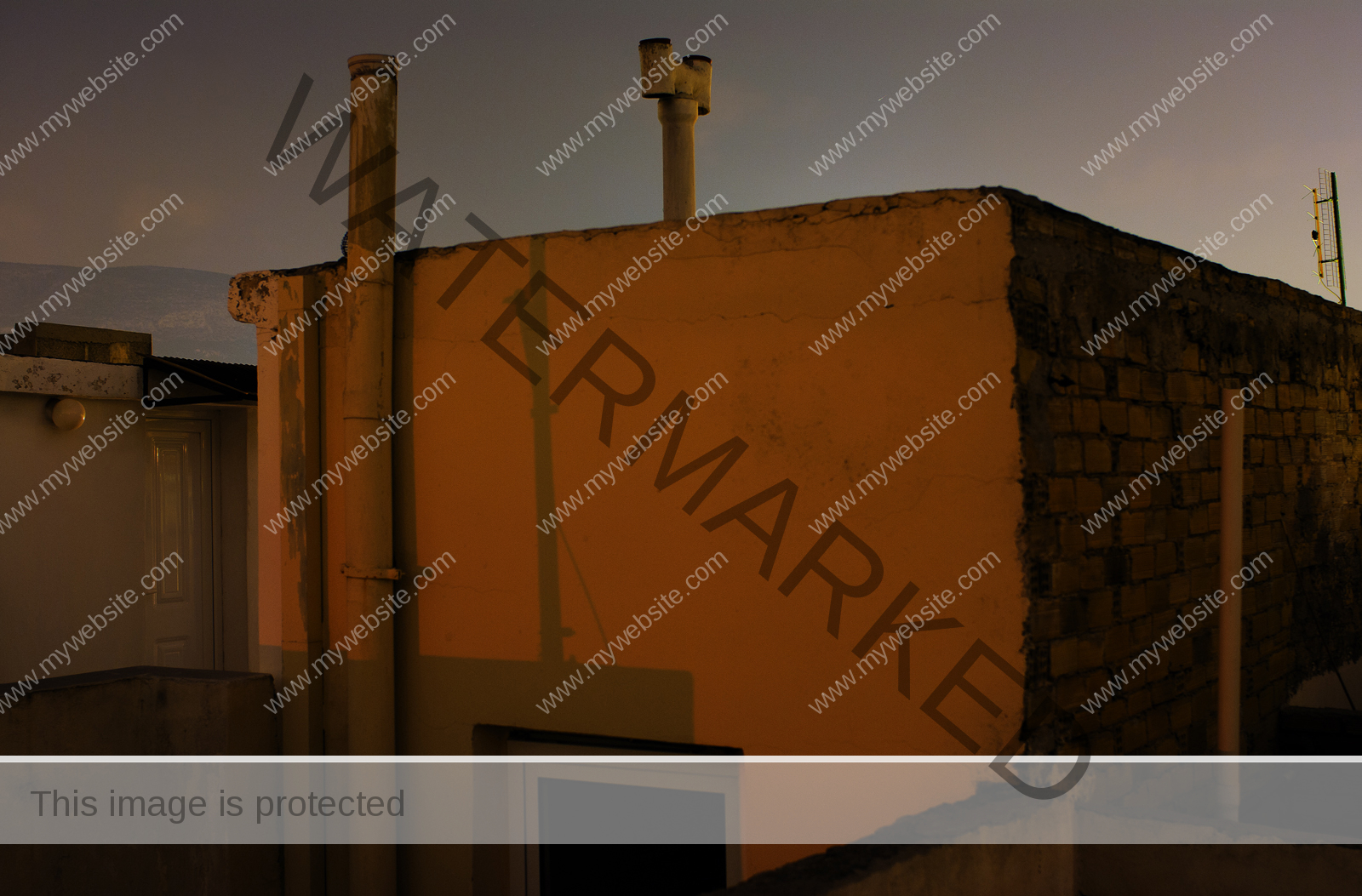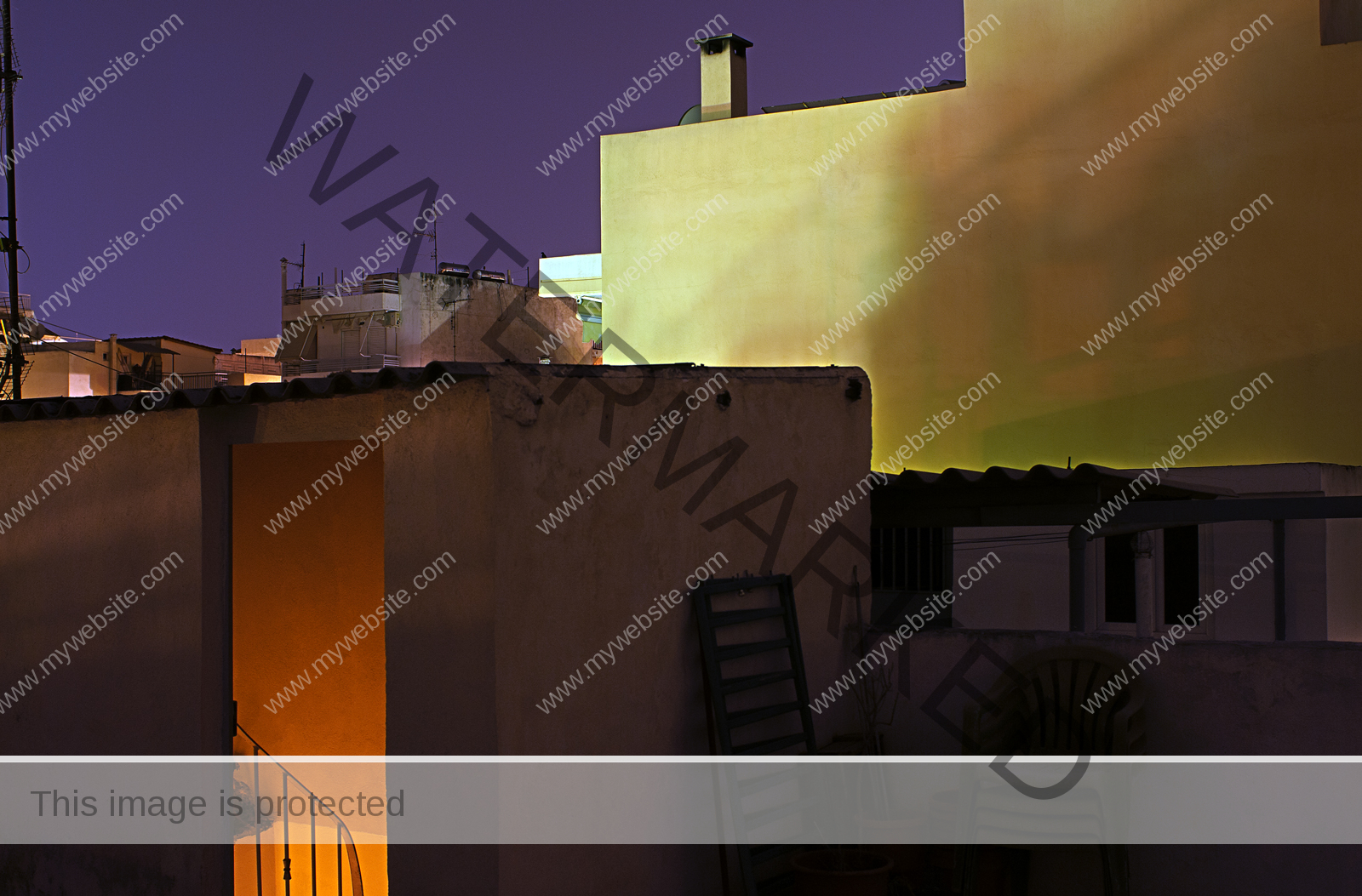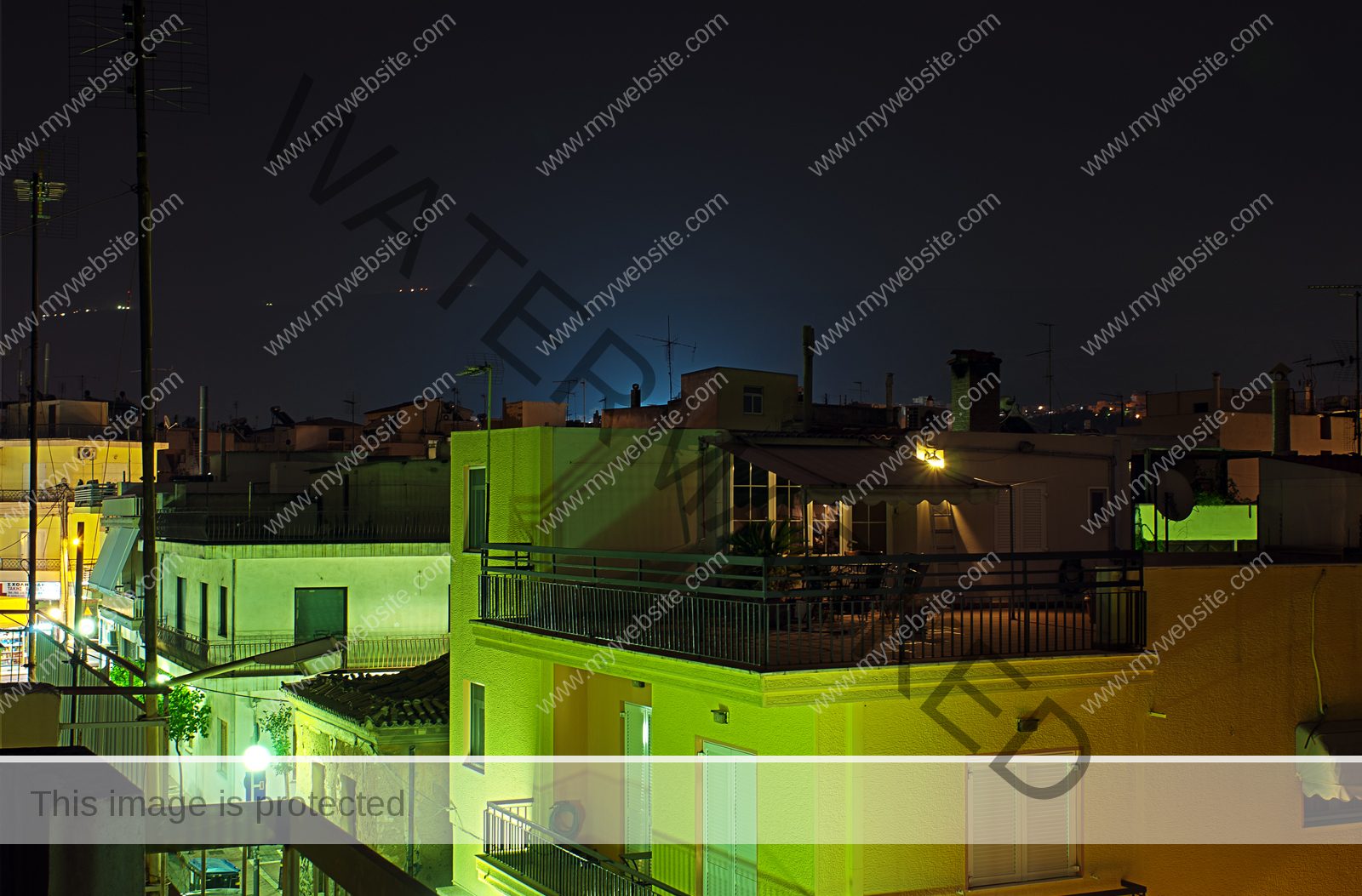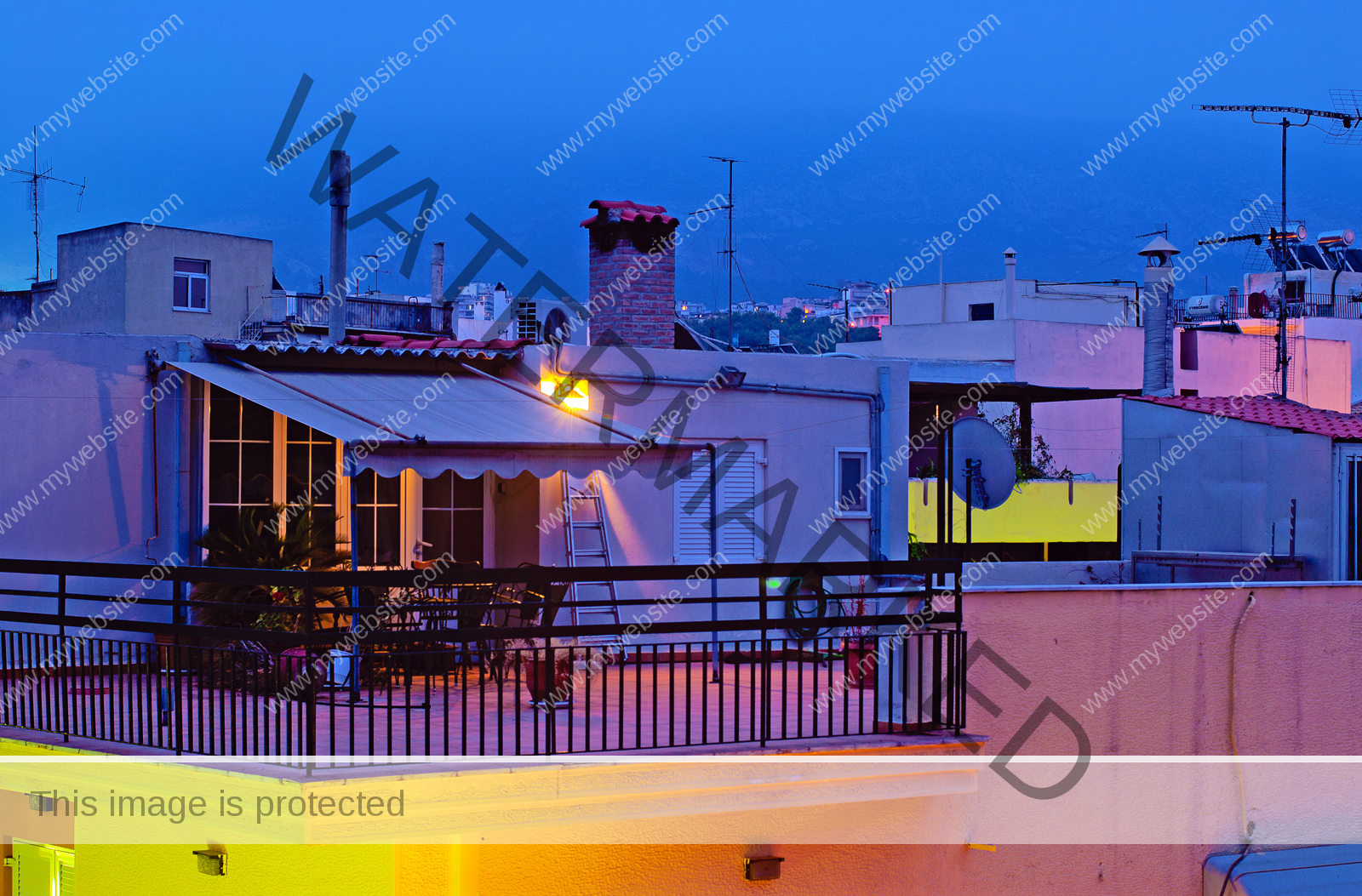Last Hour
Camera Nikon D200, Nikkor 50mm f1.4 (DX 75mm) at f5.6, shot at 100 ISO
The very last hour of August 2011
Recording in 5 minute accretions, shot from 11pm till midnight from my roof as part of the August project for phasma2.
I am involved with a group of photographers here in Athens for whom I am webmaster and designer as well as the nominal photo-editor for the whole group. This group phasma2 is a relatively new proposition as a measure against the vicissitudes of the present world crisis, a banding together of resources to try and consolidate a better working environment and a mutual support unit amongst very worthy photographers, till now working mainly on their own.
Anyway. The group is now planning a big exhibition to announce their existence and for a first project the brief was that every photographer in the group will chose a single 24 hour period in August to photograph a subject of their choice. A really open ended brief to then culminate in a full blown sponsored show at one of the more trendy and prestigious galleries in town. With all the press and promotion that we could muster behind the effort.
I was asked by the group to take part in the project also as a photographer. My chosen time was the closing hours of August, I like risks, and I photographed my neighbourhood from our roof from the time the sun set till 12 o’clock when the month shifted over into September. The first shot was taken at around 11:00 pm. The last was shot at precisely 12:00 midnight as August finally ended.
Shot on long exposures, I chose the HDR (High Dynamic Range) method of handling for the resulting photos to make a hyper-realistic set of photos for my part of the show. Below are a few of my shots for this interesting project. The first photo for example was a composite of nearly two hours of photographs, some 10 individual shots, taken as the light of day faded into the dark of night. I find them haunting. The technique predates computers by almost a century, in the old days it was done with highly controlled exposures on negatives, which were then composited to get the best exposure for both shadows and highlights as well as mid tones, to create an almost hyper real image of the scene. It all comes down to the fact that the human eye is capable of a far far greater range of light sensitivities than film, and to contain the highest to the lowest lighting conditions and translating them into comprehensible visual information.
